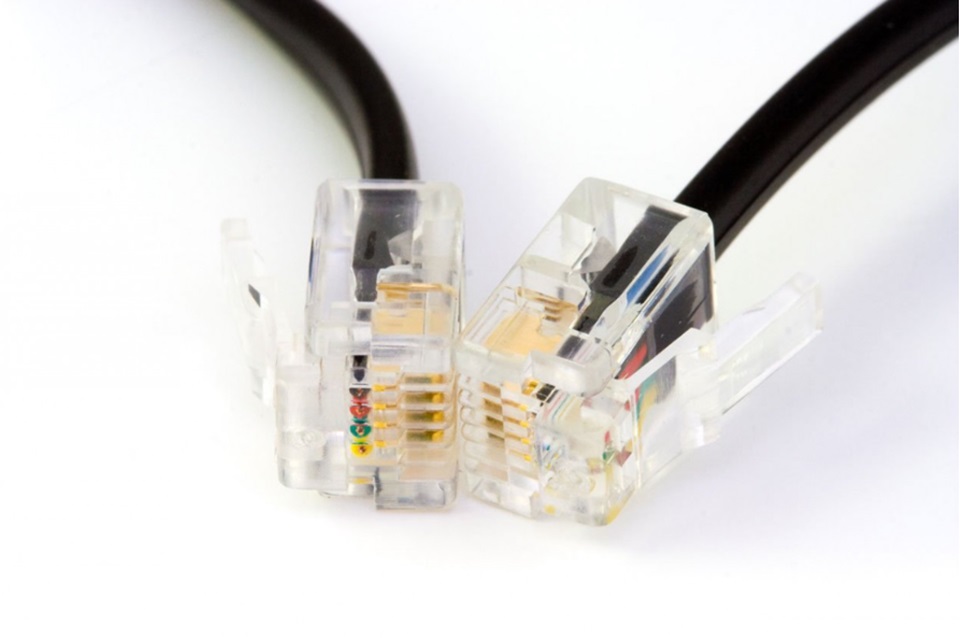The telephone cables have continually evolved with time and found a new series of applications. It is hard to imagine that today you can use telephone cables for IoT (Internet of Things). Yet, they play a crucial role in transmitting data and easily providing communication for the devices used in IoT. Let’s explore various tips on making the most out of the telephone cables offered by the RS Group below:
Table of Contents
1. Understanding Cable Classifications
There are different kinds of telephone cables available in the market. Each is suitable for a specific task, and each has found use in modern IoT practices. Here’s a quick rundown:
- Use twisted pair telephone cables for data integrity.
- Coaxial cables can be used in IoT for high-frequency requirements.
- Fibre optics are best suitable for unmatched speed and long-distance transmission.
- Ethernet cables are just another kind of telephone cable used in internet connectivity.
You can establish a secure IoT infrastructure by using all these cables together.
2. Cable Management Cruciality
Cable management is the key to offering seamless connectivity and transmission for IoT. You have to make sure that cables don’t tangle. Each cable should have proper shielding and make sure that they don’t get any interference from other cables or electrical devices. If you also label the cables and install them properly, it can save the cost of operations, maintenance, repairs and more.
3. The Use Of Shielded Cables
As mentioned, shielding the cables is essential to prevent interference in transmission. The interference can be in electromagnetic or radio form, which can degrade the performance and quality of IoT. By using shielding cables like Shielded Twister Pair Cables and Coaxial Cables, you can mitigate the interference. If you are setting up IoT for industrial areas, shielding becomes indispensable.
4. Leveraging Power Over Ethernet (PoE)
Think of ethernet cables as an evolved version of telephone cables. Ethernet allows you to transmit electrical power and data in a single cable and connection. It can simplify many IoT connections and save time, resources, and power required to operate IoT. For example, using Ethernet Cable in Camera Setups is an energy-efficient solution in the long run.
5. Working With Quality Components
IoT is a long-term venture that requires sustainability and performance. Quality connectors, adapters and cables will play a vital role in ensuring the infrastructure’s sustainability. Therefore, you should invest in high-quality components from the start. If you do that, you will incur fewer issues later down the line. If you browse through the RS Website Portal, you will come across most high-grade options.
6. Securing Your IoT Network
Competent encryption protocols will either make or break your IoT. It is paramount for IoT to have strong passwords and virtual LANs (VLANs) to prevent network traffic for IoT devices. Moreover, it can provide better communication, connectivity, and efficiency. It will also discourage any unauthorised access to the IoTs.
7. Learning The IoT Protocols
Each application of IoT, including security, relies on IoT protocols. It is essential to familiarise yourself with MQTT, HTTP, and CoAP to provide a versatile range of applications. Ensure that you keep learning or hire professionals who can handle these IoTs for long-term sustainability.
8. The Long-Term Expandability
IoT establishment is a steady venture that can use investment from time to time to continually expand your infrastructure. You can invest in better-class cables and longer connections over time to maintain the IoT infrastructure. Using long cables, signal boosters, and repeaters from RS will reinforce the data integrity.



